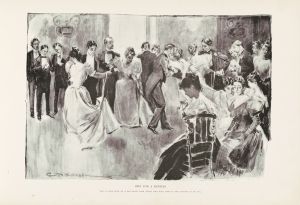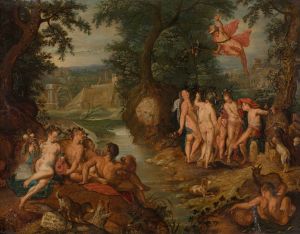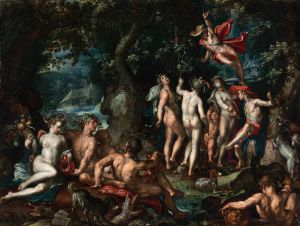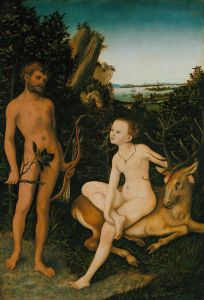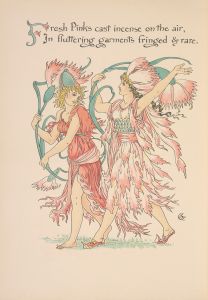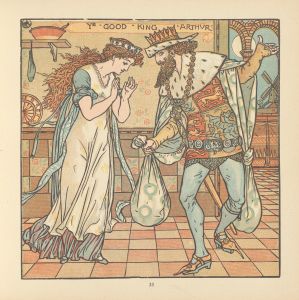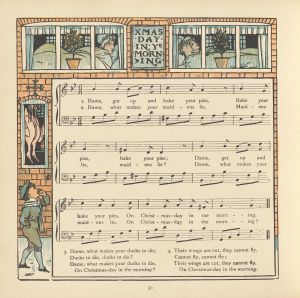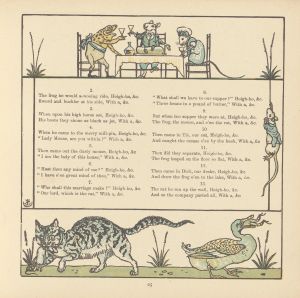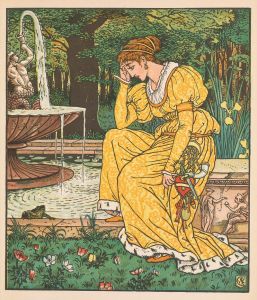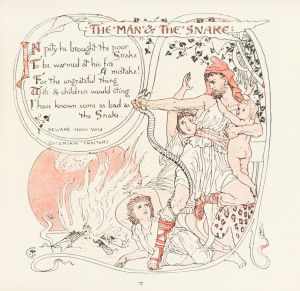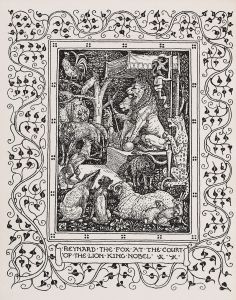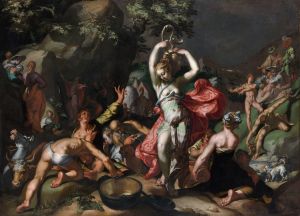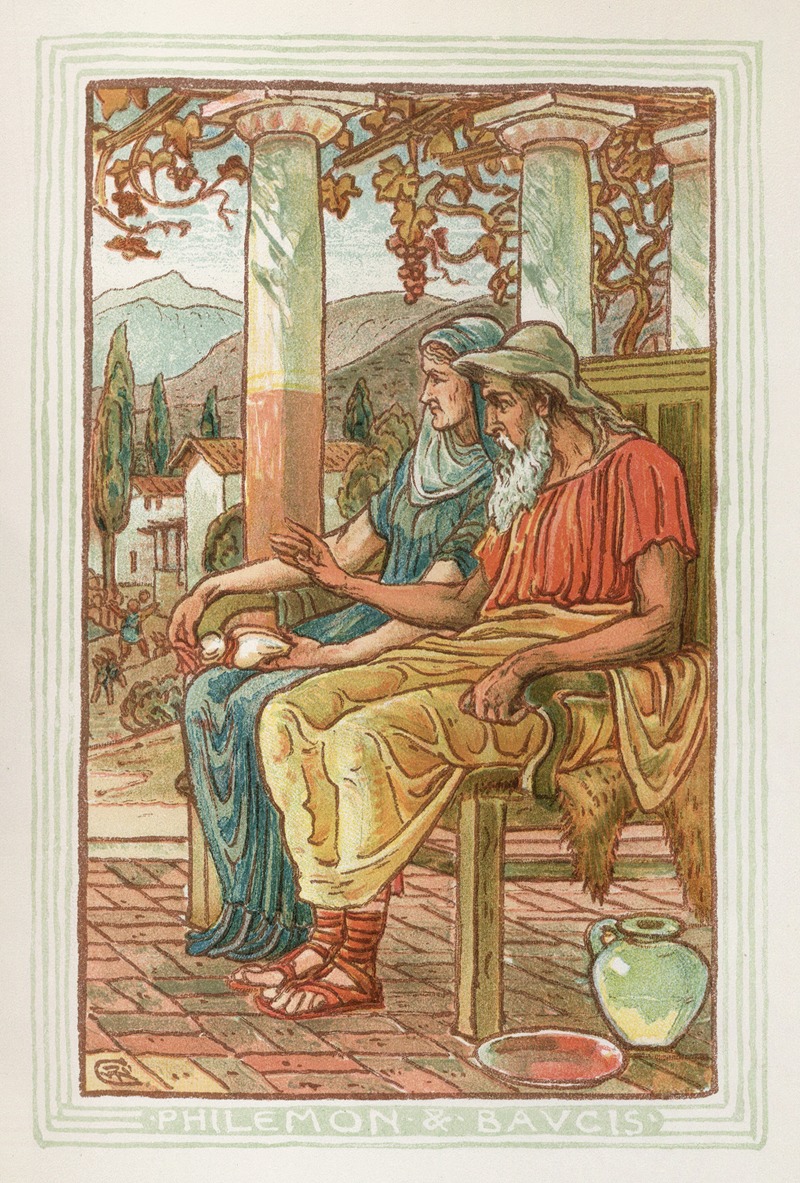
Philemon and Baucis
A hand-painted replica of Walter Crane’s masterpiece Philemon and Baucis, meticulously crafted by professional artists to capture the true essence of the original. Each piece is created with museum-quality canvas and rare mineral pigments, carefully painted by experienced artists with delicate brushstrokes and rich, layered colors to perfectly recreate the texture of the original artwork. Unlike machine-printed reproductions, this hand-painted version brings the painting to life, infused with the artist’s emotions and skill in every stroke. Whether for personal collection or home decoration, it instantly elevates the artistic atmosphere of any space.
Walter Crane (1845-1915) was a prominent English artist and illustrator, known for his contributions to the Arts and Crafts Movement. One of his notable works is the painting "Philemon and Baucis," which draws inspiration from classical mythology.
The story of Philemon and Baucis originates from Ovid's "Metamorphoses," a Latin narrative poem that is considered one of the most important sources of classical mythology. In the myth, Philemon and Baucis are an elderly couple who live in a humble cottage in the region of Phrygia. Despite their poverty, they are known for their hospitality and piety. When the gods Jupiter (Zeus) and Mercury (Hermes) visit their village disguised as mortals, they are turned away by wealthier households but are warmly welcomed by Philemon and Baucis. The couple offers the gods the best of their meager provisions, and in return, the gods reveal their true identities and reward the couple by transforming their cottage into a grand temple. They also grant the couple's wish to die at the same time, transforming them into intertwined trees upon their death.
Walter Crane's depiction of Philemon and Baucis captures the essence of this mythological tale. The painting illustrates the moment of divine revelation or the transformation of the humble cottage into a temple. Crane's style is characterized by its intricate detail, vibrant colors, and a strong sense of narrative, all of which are evident in this work. His use of classical themes and his ability to convey a story through visual art are hallmarks of his artistic approach.
Crane was heavily influenced by the Pre-Raphaelite Brotherhood and the broader Arts and Crafts Movement, which emphasized traditional craftsmanship, the use of natural materials, and a return to the detailed and elaborate styles of the medieval and early Renaissance periods. His works often reflect these influences, combining a romanticized view of the past with a meticulous attention to detail.
"Philemon and Baucis" is a testament to Crane's skill as both an illustrator and a painter. The composition of the painting, the expressions of the characters, and the careful rendering of the setting all contribute to a vivid and engaging portrayal of the myth. Crane's ability to blend narrative and visual art makes this painting a significant example of his work and of the broader artistic movements of his time.
The painting is part of Crane's broader oeuvre, which includes illustrations for children's books, decorative arts, and other mythological and allegorical subjects. His work has been influential in the development of children's literature and book illustration, and he is remembered as one of the key figures in the late 19th-century art world.
In summary, Walter Crane's "Philemon and Baucis" is a notable example of his artistic talent and his ability to bring classical mythology to life through his detailed and expressive style. The painting reflects the themes of hospitality, piety, and divine reward that are central to the myth, and it stands as a significant piece within Crane's body of work.






